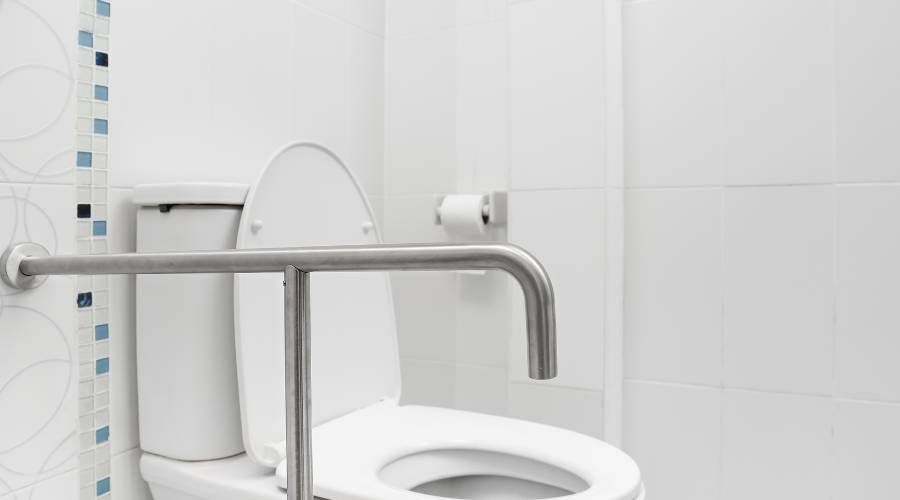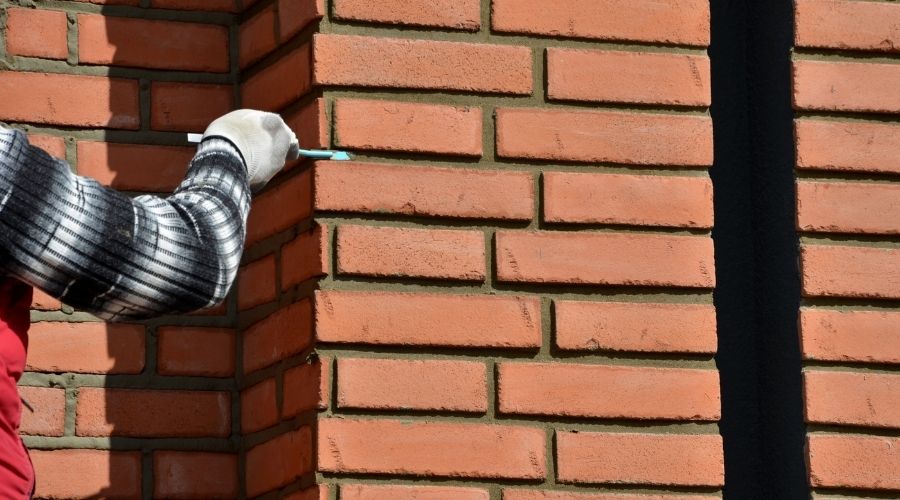Sydney’s weather patterns have grown more unpredictable, bringing a new urgency to how we protect our homes and businesses. The reality of flash floods and heavy downpours means flood resilient renovations in Sydney are no longer optional—they’re essential for anyone wanting to build smarter, safer homes.
- Homeowners and business owners across Sydney’s North Shore, Inner West, and Eastern Suburbs know the impact of sudden flooding: ruined flooring, damaged walls, lost valuables, and weeks or months of disruption.
- With the right approach to flood-proofing Sydney properties, much of this distress can be avoided. Smart renovation choices—like elevating key areas, installing waterproof barriers, and upgrading drainage—help shield your investment from rising waters.
- For those seeking peace of mind, working with a trusted local expert makes all the difference. Sydney Renovation Group stands by your side with years of experience in flood-resilient renovations for homes, offices, retail spaces, heritage sites, and more.
When you choose to invest in smarter flood resilience now, you protect not only your property but also the comfort and safety of everyone who calls it home. Sydney Renovation Group is here to guide you through every step of building a safer future that’s ready for whatever nature brings.

Understanding Flood Risks in Sydney
Sydney faces unique flood challenges shaped by its landscape and weather patterns. Several key flood causes in Sydney include:
- River Overload: Creeks and rivers, such as the Parramatta and Georges Rivers, can quickly overflow during prolonged or intense rainfall, putting surrounding neighbourhoods at risk.
- Heavy Downpours: Sudden storms produce large volumes of rain in short periods, overwhelming stormwater drains and leading to flash flooding on streets, car parks, and low-lying homes.
- Downhill Water Flow: Many properties sit on or below sloping ground. During storms, water rushes downhill and can collect around buildings, causing localised inundation.
Recent years have seen record-breaking NSW flooding events. The 2022 floods across the Hawkesbury-Nepean Valley and Southeast Queensland left thousands displaced and highlighted how quickly risks can escalate.
Climate change is altering rainfall patterns across the region. Experts warn of an increase in both the frequency and severity of floods due to more intense storms and sea level rise. Adapting homes and businesses to withstand these impacts has become essential for safer living in Sydney.
Key Principles of Flood Resilient Renovations
Flood resilient design in Sydney starts with a proactive mindset—reducing the impact of water before it ever reaches your living or working space. Placing flood resilience at the heart of every renovation plan means making smart, long-term decisions from the outset.
1. Elevating structures and critical components
Lifting homes, subfloors, or key building elements above established flood levels is one of the most effective strategies. Local councils often specify minimum elevation levels, but exceeding these can add an extra layer of protection.
2. Raised flooring systems
Installing raised flooring in Sydney properties helps safeguard interiors from direct water contact. These systems form a barrier between floodwaters and valuable finishes such as timber, carpet, or cabinetry, drastically reducing repair costs after a flooding event.
3. Choosing flood-proof building materials
Selecting water-resistant materials for walls, floors, and cabinetry ensures that if water does enter the property, it causes minimal lasting harm. Modern solutions like sealed concrete flooring or tile perform especially well in high-risk areas.
Sydney’s unique mix of older homes and new builds makes tailored approaches essential. By embedding these principles into any renovation project, you create safer spaces ready to withstand the challenges presented by changing weather patterns.
Effective Flood Barriers and Waterproofing Solutions
Flood resilient renovations in Sydney rely on a combination of physical barriers and quality waterproof materials to keep interiors dry. Homeowners and business owners often use these practical solutions:
1. Flood Shields
Removable or permanent barriers fitted to doorways, windows, or garage entries. Flood shields can be rapidly deployed when storms are forecast, providing a strong line of defence against rising water.
2. Sandbagging Techniques
Traditional sandbags remain effective for directing water away from vulnerable points. Proper placement along foundations and entryways can reduce the pressure on building envelopes.
Waterproof coatings and specialised sealants for flood protection are crucial. Applying sealants to external walls, floors, and even below-ground surfaces adds a layer of defence against seepage. Products designed for “waterproof materials for floods” form tight bonds that keep out moisture without compromising the structure’s breathability.
Integrating backflow valves into plumbing helps prevent sewage from entering during heavy rain events, while sump pumps installed in basements or low points quickly remove pooled water. These upgrades—proven across many flood resilient renovations in Sydney—help safeguard both new and older properties from the worst impacts of severe weather.
Drainage Design to Divert Floodwaters
Effective drainage design is crucial for mitigating the risks posed by trapped water around properties. In Sydney, where heavy rainfall and flooding can cause significant damage, well-planned drainage systems are essential to protect homes and businesses.
1. Trench Drainage Systems
Trenches are a practical solution for channeling water away from foundations. By strategically grading the land, trenches guide excess water towards designated drainage areas, preventing accumulation near buildings.
2. Grading Techniques
Proper grading ensures that the landscape slopes away from structures. This technique effectively diverts water flow, reducing the likelihood of water seeping into basements or lower levels.
3. Custom Solutions for Sydney’s Topography
Sydney’s varied topography necessitates tailored drainage designs. Whether dealing with steep hills or flat areas, custom solutions are developed to address specific challenges and ensure optimal water diversion.
A thoughtfully designed drainage system not only protects property but also contributes to the longevity and safety of structures in flood-prone areas.
Protecting Utilities and Vulnerable Infrastructure
Elevating electrical panels, HVAC units, and appliances above expected flood levels is crucial in flood-prone areas. By positioning these utilities higher, the risk of water damage is significantly reduced, ensuring the functionality and safety of your home or business post-flood.
- Electrical System Elevation: Raising electrical panels above the predicted flood level prevents short circuits and extensive damage. This proactive measure not only protects the electrical system but also reduces repair costs.
- HVAC Protection: Elevating HVAC units safeguards them from water ingress, maintains their efficiency, and extends their lifespan. Elevated systems are less likely to suffer from flood-related malfunctions.
- Appliance Safety: Installing appliances such as refrigerators, washers, and dryers on raised platforms or higher floors prevents costly replacements and ensures continued usability during and after a flood event.
Safeguarding utilities is essential for maintaining safety and minimising repair expenses following flooding. Investing in strategic elevation solutions offers long-term protection against unexpected water damage.
Material Choices for Flood Resilience
Selecting the right materials is crucial in making your home flood resilient. Concrete floors and tiling offer significant advantages over timber or carpet in flood-prone zones. Concrete and tiles are less likely to be damaged by water, making them easier to clean and dry after a flooding event.
When choosing materials, consider those that are both thermally efficient and water-resistant. Materials like closed-cell insulation, water-resistant drywall, and non-porous building materials help keep interiors dry while providing energy efficiency.
Retrofitting older homes with modern waterproof materials can enhance their resilience against floods. Upgrading to water-resistant wall coverings, installing flood barriers, and using waterproof membranes can significantly reduce potential damage.
Using waterproof building materials ensures your home remains structurally sound while minimising the risk of mould and mildew growth. These choices not only safeguard your property but also contribute to a safer living environment for you and your family.
Emergency Preparedness for Flood Events
Preparing your home for a flood involves taking several proactive steps to safeguard your property and loved ones. Here are some practical measures:
1. Sandbagging Tips
Place sandbags around foundations, doorways, and low-lying windows to create barriers against floodwaters. Ensure they are tightly packed and stacked in a staggered manner for maximum effectiveness.
2. Relocating Valuables
Move important documents, electronics, and cherished items to higher ground or upper floors. This reduces the risk of water damage to irreplaceable belongings.
3. Utility Safety
Knowing how to shut off utilities like gas, electricity, and water during flooding events is crucial. This can prevent fires, electrical shocks, and further water damage.
4. Data Backup
Regularly back up digital data to cloud storage or external hard drives. This ensures that important information is not lost in case of severe flooding.
5. Evacuation Plan
Develop a clear evacuation plan detailing routes, meeting points, and emergency contacts. Practice drills with family members to ensure everyone knows what to do when a flood warning is issued.
Flood emergency planning in Sydney can significantly reduce the impact of floods on your home and help keep your family safe.
Post-Flood Assessment and Recovery Strategies
After a flood, prompt and effective recovery measures are crucial to mitigate damage and ensure safety:
- Remove Standing Water: Begin by eliminating any standing water in your home. Use pumps, wet vacuums, or buckets to clear out water swiftly. This reduces moisture levels and helps prevent the growth of mould.
- Slow Drying Process: Gradual drying is essential to avoid structural issues. Open windows, use fans, or deploy dehumidifiers to dry out spaces evenly without causing further damage.
- Disinfect Contaminated Surfaces: Floodwaters can carry harmful bacteria and contaminants. Clean all affected surfaces with disinfectants. Focus on non-porous materials first, then move on to treating soaked items like carpets and insulation.
- Structural Inspections: Before undertaking any repairs or renovations, have a qualified engineer conduct a thorough inspection. This assessment identifies potential weaknesses or damage that need addressing to ensure your home’s structural integrity.
Taking these steps promptly helps safeguard your property and paves the way for effective restoration work.

Why Choose Sydney Renovation Group for Flood Resilient Renovations?
Sydney Renovation Group stands out as a reliable renovation company in Sydney’s North Shore, Inner West, and Eastern Suburbs. With experience dating back to 2013, the team specialises in both residential and commercial renovations—covering everything from kitchen and bathroom upgrades to heritage restorations and accessibility solutions. Homeowners and business clients rely on their personalised renovation services in Sydney to deliver practical flood resilient renovations tailored to the unique challenges of local properties.
Clients appreciate:
- End-to-end project management: Every stage is handled with care, from initial design through to completion. This means less stress for you and clear communication every step of the way.
- Transparent pricing and free quotes: No hidden surprises. You’ll know what to expect before work begins.
- High-quality craftsmanship: Projects are tailored to suit budgets from $15,000 through to over $150,000, ensuring everyone receives value without compromising quality.
- Special offers: First-time clients benefit from a 10% discount, making it easier to invest in flood-resilient renovations in Sydney.
“Sydney Renovation Group reviews consistently highlight their reliability, attention to detail, and ability to deliver on time—qualities that provide peace of mind when upgrading your home or business for greater flood resilience.”
With a proven track record across diverse projects and a genuine commitment to customer satisfaction, Sydney Renovation Group ensures every client feels supported throughout their renovation journey.
Conclusion
Building safer homes in Sydney is not simply about repairs after the storm; it’s about choosing long-term flood resilience strategies that protect what matters most. With flood resilient renovations, Sydney residents and business owners gain peace of mind, confidence, and lasting value. Partnering with trusted local experts like Sydney Renovation Group means your renovation is grounded in technical know-how, tailored solutions, and genuine care for your safety. Take the step towards a safer, smarter future—invest in flood resilience today and keep your property one step ahead of the next downpour.
Why are flood-resilient renovations important in Sydney?
Flood resilient renovations in Sydney are crucial due to increasing flood risks caused by factors such as river overload, heavy downpours, and climate change impacts. These renovations help protect homes and businesses by minimizing damage during floods and ensuring safer living environments.
What are the key principles of flood-resilient design for Sydney homes?
Key principles include designing with flood resilience as a priority, elevating structures or components above minimum flood levels, and using raised flooring systems to prevent water damage to interiors. Incorporating flood-proof building materials also enhances durability against water ingress.
Which effective flood barriers and waterproofing solutions are recommended for Sydney properties?
Effective solutions include physical barriers like flood shields and sandbagging techniques, applying waterproof coatings and specialized sealants on walls and floors, and integrating backflow valves and sump pumps to prevent water ingress during floods.
How can drainage design help mitigate flooding around Sydney homes?
Well-planned drainage systems play a vital role by channeling water away from foundations using trenches, grading, and custom drainage solutions tailored to Sydney’s varied topography. This reduces trapped water around properties and lowers the risk of flood damage.
What strategies protect utilities and vulnerable infrastructure during floods?
Strategies involve raising electrical panels, HVAC units, and appliances above expected flood levels to reduce repair costs and maintain safety post-flood. Safeguarding these utilities ensures functionality is preserved or quickly restored after flooding events.
Why should I choose Sydney Renovation Group for flood-resilient renovations?
Sydney Renovation Group has been a trusted expert since 2013 offering personalized renovation services including flood resilient upgrades. They provide end-to-end project management with transparent pricing, high-quality craftsmanship tailored to budgets from $15k to over $150k, plus special offers like a 10% discount for first-time clients.





